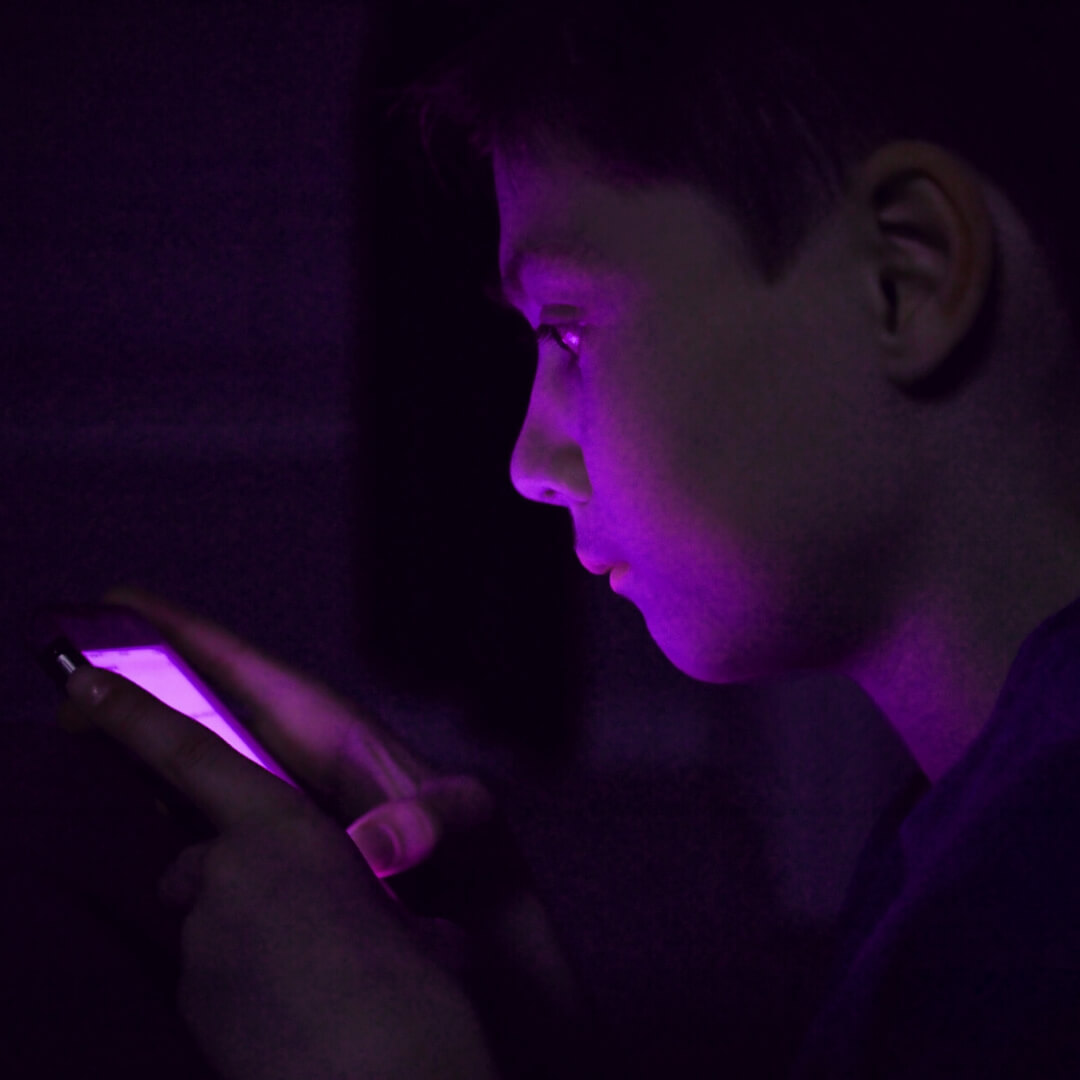Using punishment to deter our kids from accessing porn may seem like a good idea. This is especially true when they continue to find ways to access porn, even after numerous conversations about why pornography is harmful. The problem is, using punishment as a means of enforcing this particular rule almost never works. It usually backfires.
Rules & Standards of Behavior
Our children do need to know that pornography is off-limits and why. They have to know the “why” behind the “don’t do that.”
To learn more about how to explain the harms of pornography to kids, see my previous blog: “Porn-Free Home: A Parent’s Survival Guide.”
Children—especially adolescents—rarely take to heart warnings against something that feels good to them. It is not our kids’ fault that modern forms of pornography are so attractive. Knowing the rules is not enough to stop them from looking for it. Knowledge about porn’s harmfulness is important, but that alone won’t restrain children. Our children must be somehow motivated to follow our lead in resisting the allure of porn.
Fortunately, prevention research points to the main needed ingredient to help our kids resist attractive but harmful things like porn. Such studies demonstrate that adolescents who emotionally bond with their parents usually resist the same appealing, but risky, behaviors their parents do.
Young people become motivated to live according to the healthy standards of the person to whom they are bonded. Adolescents are unlikely to resist porn without a close, emotional bond to an adult who demonstrates resisting porn. This is where punishment loses its effectiveness.
Punishment
The definition of punishment is “to inflict or impose a penalty as retribution for an offense.” In other words, punishment is inflicting emotional or physical pain in hopes that our child will change their behavior to avoid the same pain in the future. There are times when punishment is appropriate and even needed. It just doesn’t work with porn use.
Let’s use an example to demonstrate why punishment backfires as a response to a child’s porn use. When a kid can’t stop looking for porn, it is often because they are using it to cope with difficult feelings. Pornography makes anxiety go away while a child is looking at it.
Imagine an adolescent just found out they were not invited to a party that all their other friends were invited to. They feel left out, excluded, rejected, and a number of other negative emotions. So, this kid isolates themselves and escapes into the imaginary world of porn, where it feels like everyone wants them.
The parents find out and confront him or her. The parents have had many conversations about how harmful porn is and are frustrated. They announce that the kid is grounded, cannot go see any friends, or even contact them for a month. The parents may be thinking, “This will help them see how serious we are and my kid will definitely not want to be grounded again. The porn use should stop now.”
That is not what the kid is feeling, however. The kid was using porn to escape feeling the emotional pain of being left out. Now the parents have just inflicted more of the same emotional pain that drove the kid to porn in the first place: being excluded from friends. This punishment will increase the child’s desire to see porn.
Other forms of punishment might include: yelling at the child, sending them to their room, making them pay a fine for looking at porn, taking away a favorite toy, or not letting them attend an event.
Punishment inflicts pain when adolescents typically use porn to escape pain. Punishment usually throws more fuel on the fire that is driving kids to porn in the first place. More importantly, punishment strains the parent-child bond, and when a child is using porn, that is the last thing we want to do.
Consequences
Consequences can be viewed as protecting, rather than punishing. They are the natural results of an action. So, if my role as parent is to protect my children from harm, and they have found a way to let harmful things get to them, I naturally increase protective efforts.
In the example of the family above, there are two things that happened which we could use consequences to address: accessing pornography, and the emotional pain that drove the child toward porn.
It would be totally appropriate to restrict the child’s access to the internet and possibly the location they went to view porn. This is increasing protection.
More importantly, the parent should address the real driver that leads to porn use. In this case, the driver was feeling left out, so the parent would be wise to try to help the child find more ways to be included. This consequence is the opposite of punishments such as grounding.
I could imagine a conversation unfolding like this:
Parent: What were you feeling before you looked at porn?
Kid: I found out I wasn’t invited to Sarah’s party.
Parent: That sounds really hard. Tell me more about how you were feeling.
Kid: (tells how they felt)
Parent: How can I help? Do you have any other friends you’d like to get together with? How about inviting them over on Saturday?
Kid: Can Jamie come over?
Parent: Sure, we’ll call in a minute. We also need to talk about ways to keep safe from porn. What we had in place didn’t work this time. What can we do differently to prevent this from happening next time?
Consequences do not mean we avoid the problem. Consequences mean we talk at a deeper level about the problem. In this case, the biggest problem was not porn use but the child’s inability to deal with being left out. We should give our child more positive attention, not less.
Related: The One Way to Parent Well in the Digital Age
Of course, we must also secure any weaknesses that allowed our kid access to porn. This is the second consequence. That might mean tightening security on internet devices. It could mean some internet devices are off-limits without direct supervision. It might mean not allowing a child to go to a friend’s house whose family is too lax on internet safety.
In choosing consequences, we can allow our child to help determine what should be done to protect. That includes what added restrictions need to be in place, as well as how we can help our child deal with difficult emotions. This working together and focusing on protection deepens the parent-child bond.
Bonding
Research about helping kids avoid risky behaviors mentions bonding as a critical component. For an adolescent to reject porn, they must feel a bond with an adult who also rejects porn. This bond is the added motivation needed to help the child resist something so alluring.
Punishment creates pain, and pain typically strains emotional bonds. Consequences protect, and done well, do not damage the parent-child bond. When we use consequences to focus first on our child’s emotional needs, it deepens the parent-child bond. Then our children will be more likely to want to embrace resisting porn alongside us.








This kinda made me choke up. Very very tender approach to a tender subject. I don’t have kids yet but I will be sharing this article with my wife for us to discuss, and with my friends who do have children.
WOW! What a fantastic article! First I’ve seen that discusses such a sensitive – and critical- topic. As the coordinator of a support group for spouses, I can think of several marriages within our group that could have been spared heartache with this information. THANK YOU!!